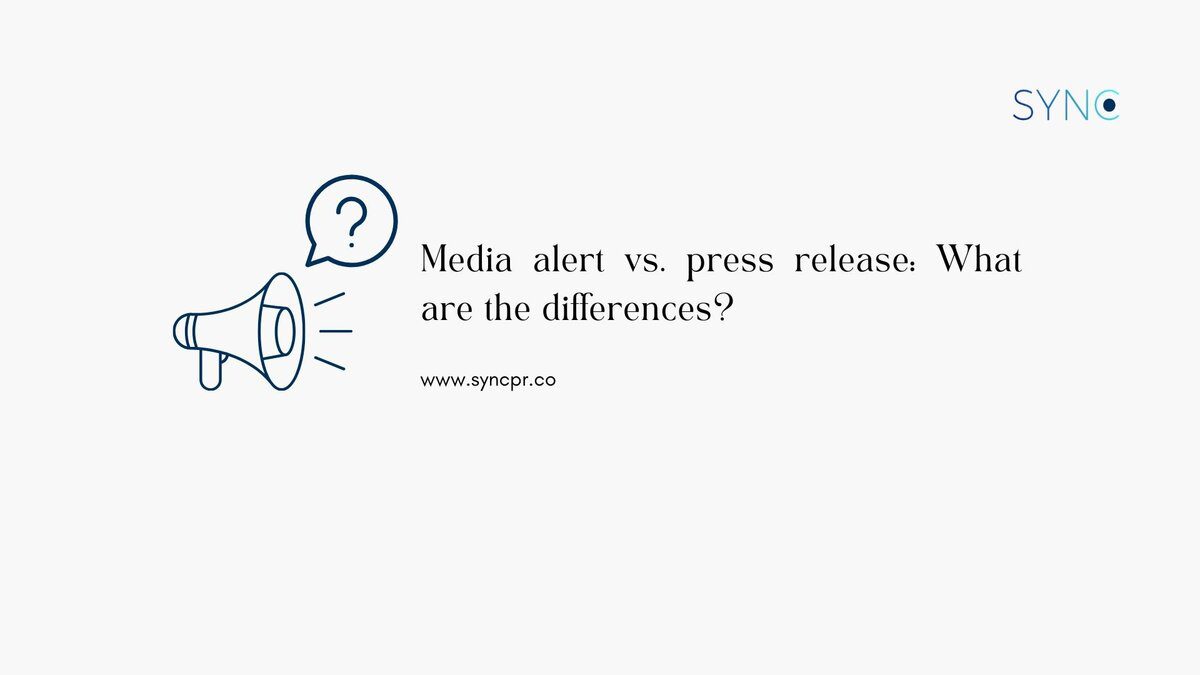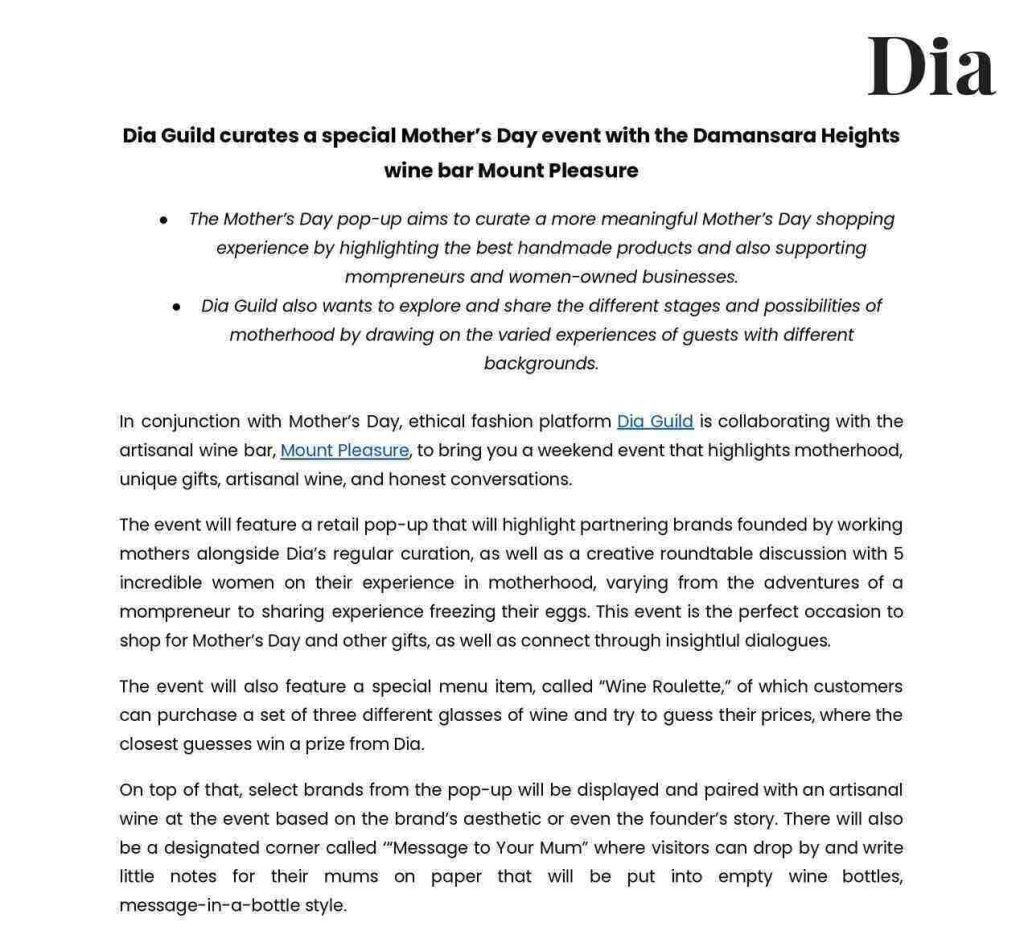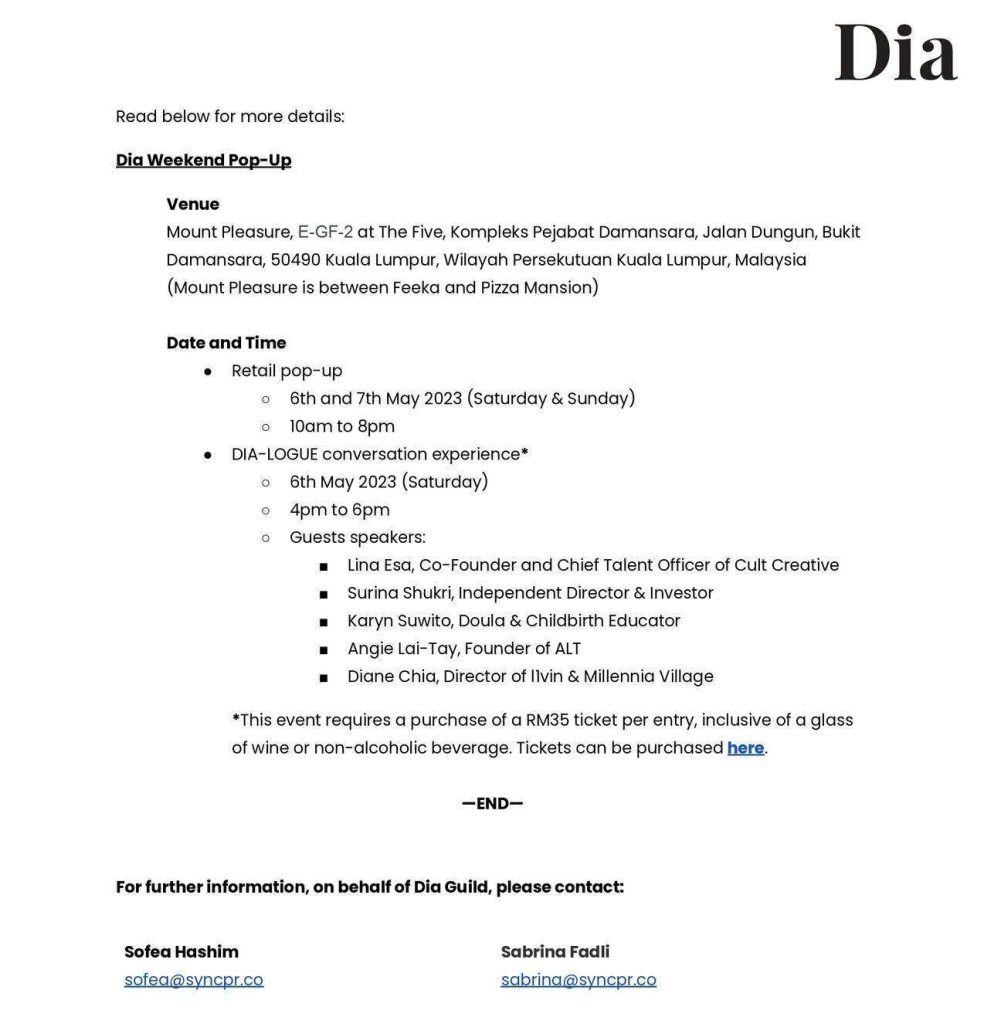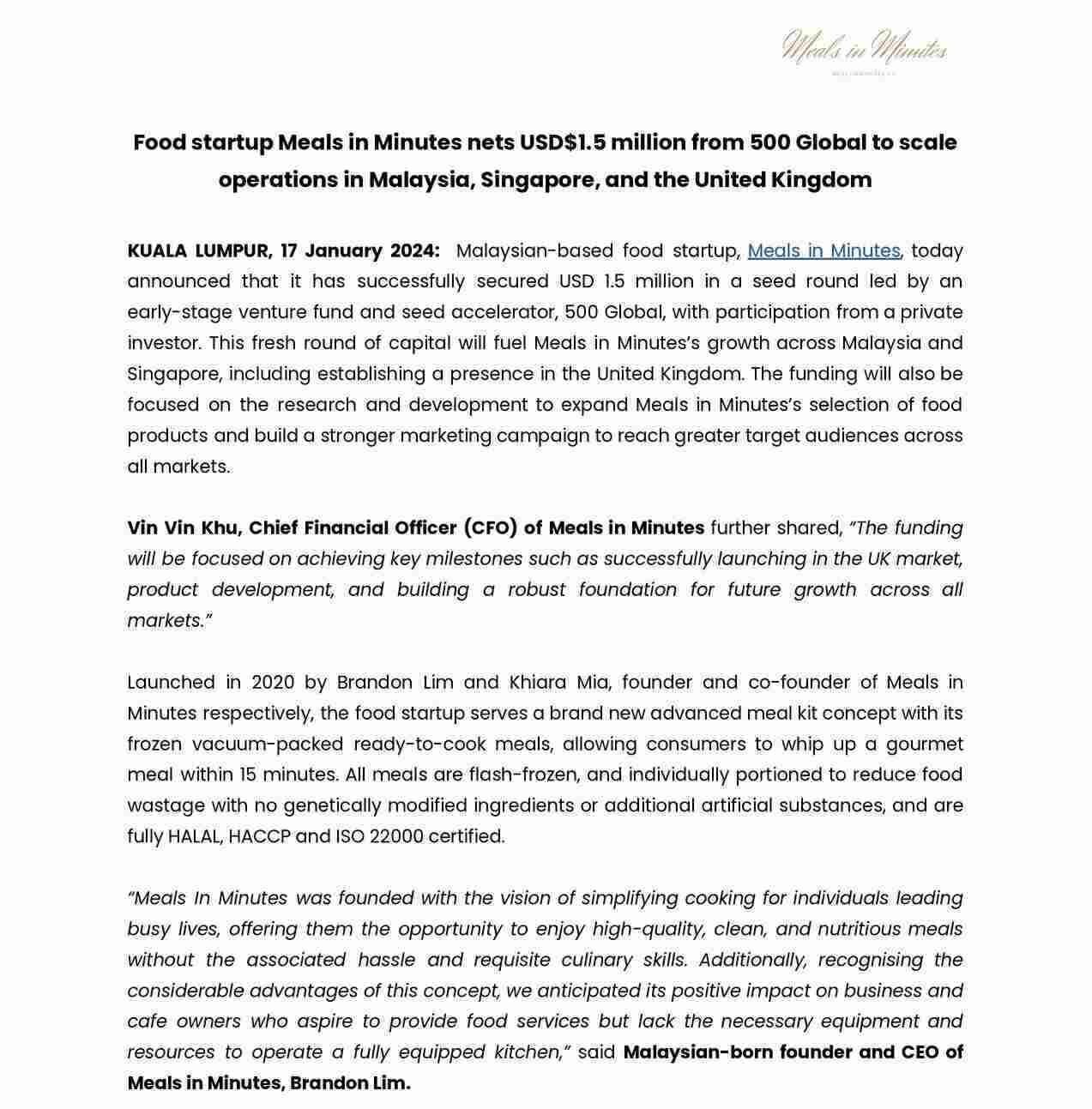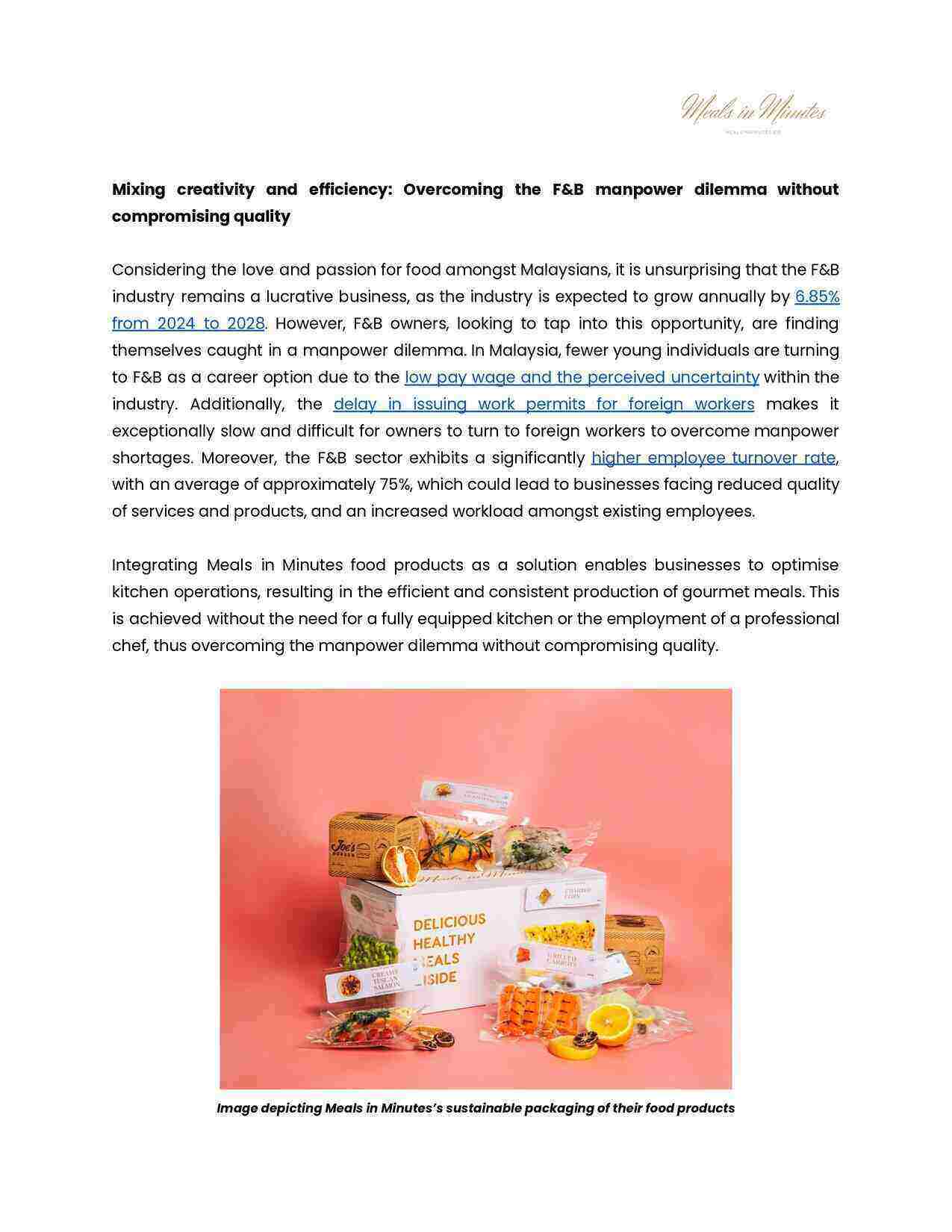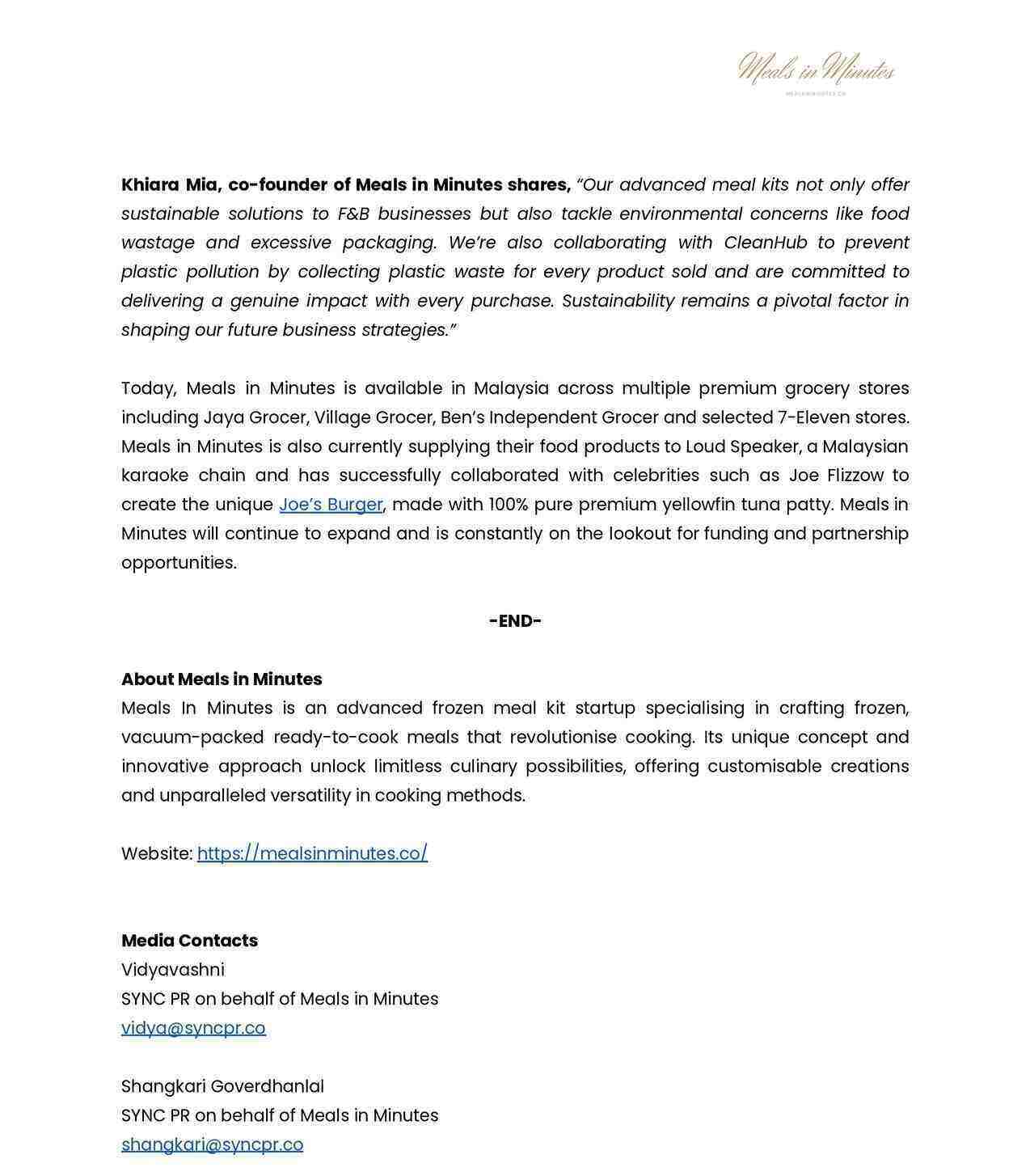Media alert vs press release is a comparison that’s a must for any PR executive to understand. Both of these tools play pivotal roles in the PR and marketing world, but it can be tricky at first for beginners to tell media alerts apart from press releases. Being some of the most commonly misunderstood terms in PR, media alerts and press releases do share some common features, but serve completely different purposes and are used in different stages of marketing and PR strategies.
In this article, we will demystify the differences between a media alert and a press release, and how to distinguish them in your PR practice to enhance your strategic communication efforts. Let us explore the key differences between a media alert vs press release.
What is a media alert?
Media alerts, also sometimes known as media advisory, are concise notifications, or ‘alerts’, to spread the word to media members about an upcoming event they may be interested in. Unlike a media invite, which is often to welcome the media to an exclusive event like a product launch, a media alert also aims to provide the right information for the media to share with their audience on top of the invitation. Typically, a media alert would include the details of the event, such as the date and venue, potential happenings and the attendance of key figures to attract the attention of the media and their readership, just like the following:
Source: SYNC PR
What is a press release?
On the other hand, press releases are announcements shared with the media to recount the matters that have taken place at a particular event. A press release is often written in much clearer detail, with quotes and other crucial information shared during the event. Other than event stories, a press release can also encompass other newsworthy information, including product launches, market expansions and significant accolades and milestones, to gain some traction through media coverage. A great example of a press release would be the following announcement by Meals In Minutes, where the company announces their latest funding round:
Source: SYNC PR
Media alert vs press release: The key differences
To help you understand the differences between a media alert and a press release better, we have broken them down into separate categories:
- Purpose
When delving into media alert vs press release, it is important to understand that a media alert’s primary purpose is to pique the interests of the media and their audience to encourage their attendance at the event. Media alerts are often sent out to media members to possibly generate media coverage and to circulate to their readership, which often overlaps with the target audience of the upcoming event.
While press releases share the aim of generating the right media coverage, they differ from media alerts as they serve as a detailed recount of events after the fact. This form of PR tool is often published as news articles as well, sharing details of the event breakdown, and essential and newsworthy information.
- Length
Another significant difference between a media alert vs press release is the length of the write-up. As media alerts need to grab the attention of the readers quickly, the write-up is much more concise, consisting of the most relevant details of the upcoming event. This can include a concise description of the event, its key attendees, and its date, time and location. While there are no strict rules for the length of a media alert, PR professionals generally agree that they are much shorter than a press release, usually just about one page long.
On the other hand, a press release needs to be more factual and comprehensive without being too lengthy. Generally around two to three pages long, a press release reports on the happenings of an event. Press releases need to be newsworthy to cut, hence will often include statistics, comments and quotes, as well as some promotional elements to boost a brand or company and what they offers. They are also written with the possibility of being published verbatim, which also contributes to their longer length.
- Content
In terms of content, the tone of a media alert is more direct and brief to get the message across as swiftly as possible. Crucial details are incorporated as concisely as possible, which includes a description of the event, date, time and location.
In contrast, a press release details a more in-depth report on the event and includes the key messages shared during the event itself. Hence, it would also include quotes, commentary, newly announced information and additional background information on related companies and speakers.
For example, a media alert about a small product addition like custom pens to a full array of products makes sense versus a full-fledged press release.
- Timing of circulation
As shared earlier in this article, media alerts are shared before the event date while press releases are reports of a past event. Hence, a media alert is sent closer to the event date to grab their attention and lure them to the event easier. Meanwhile, press releases are shared to be circulated after the event to include the appropriate quotes and additional information on the event.
Best practices when it comes to media alert vs press release
With this information in mind, here are some best practices you can use when writing media alerts and press releases in the future:
- Media alert
-
- To write an effective media alert, remember to keep it brief and to the point. Ensure that the journalists will not need to spend more time than they have to glean essential information from the alert.
- To ensure the right information is delivered, you may also write in an inverted pyramid style, where the most crucial information is delivered first. This is followed by any relevant elaboration and further details of the upcoming event.
- As media alerts are more straightforward, use more persuasive but direct language to deliver the information. Refrain from using jargon and flowery language when writing media alerts so as not to lose the journalists’ attention.
- Include your contact information in one of the top corners or at the very end of the media alert so the journalist can easily contact you should they need any further information.
- Press release
-
- As press releases may sometimes be published verbatim, you must ensure all essential information is included in the write-up to establish a solid story. While media alerts are kept brief, a press release should be more elaborate and informative.
- Your press release should be written in a style and tone that matches your target audience. Hence, you must know and understand your target audience well before crafting and sending out your press release.
- Press releases should also be sent out at the right time for them to be newsworthy and relevant. If a press release is surrounding an event, ensure that the press release is shared with the media as soon as the event wraps up. On the other hand, if the subject of the press release is an announcement or similar, it should be sent out while the information is still new and newsworthy.
- Follow-ups are also an important part of the press release process. With hundreds of emails received daily, it can be overwhelming for a journalist to read through every email in their inbox. The right cadence and number of follow-ups will ensure that the right people see the press release. Establish an adequate follow-up routine for your press releases so that they do not fall through the cracks.
Conclusion
In a nutshell, while media alerts and press releases share some traits in common, the former acts more like an invitation and is shared with the media within the days leading up to an event. Meanwhile, a press release is more similar to a report as it recounts the course of an event to inform and promote to the target audience after the fact. With some exposure to the concepts of media alert vs press release, as well as other materials used in Public Relations, you will be more skilled at telling the difference and understanding its uses.
If you are looking to promote your brand or upcoming event, SYNC PR can help you get started in getting in touch with the media. Find us at www.syncpr.co for more information, or send us an inquiry at hello(a)syncpr.co to kickstart your PR journey!

